Why the Micron® 9400 NVMe™ SSD is the high-performance, low-latency, massive-capacity solution
A cavalier approach to moving, ingesting, analyzing and storing data in the next-generation data center is not an option. It takes solid-state drive (SSD) storage built on the latest 3D NAND, delivering superior performance, low latency and massive capacity, to treat data like the valuable commodity it is.
Meet the ultimate data center SSD
Give no concessions for performance-critical workloads, even complex and difficult ones. The Micron® 9400 NVMe™ SSD is already setting new industry benchmarks for data center PCIe Gen4 storage:
• Capacity up to a class-leading 30.72TB1
• Mixed workload applications2 performance up to 2.3x that of competitors
• Low, consistent 6x9s (six-nines) read latency3 up to 3.2x of competitors
• Power efficiency up to 77% improved over our previous 9000-series SSD4
Optimized for performance-critical mixed-use workloads, the Micron 9400 SSD can consistently read and write at 7GB per second for sequential data2. Micron verified the superior position of the 9400 with a series of benchmark tests versus three leading, performance-focused NVMe SSD competitors. How did it do?
1. GPU storage on NVIDIA® GDS
With AI/ML (artificial intelligence/machine learning) and high-performance computing (HPC), computation has shifted from the CPU to faster GPUs. NVIDIA® Magnum IO GPUDirect® Storage (GDS) accelerates the loading of large datasets to speed application performance, such as AI inference programs. The IO into and out of the GPU is the primary bottleneck to performance, which the Micron 9400 improves.
Here’s just one result:
GDS 4KB transfers vs. competitors5
33% performance improvement
25% faster response time
2. High-performance NoSQL database
The Aerospike Real-time Data Platform enables users to act in real time, even with billions of transactions, by using massive parallelism. The Micron 9400 SSD excels in these massively large data workloads (Figure 1). In our testing, as demand increased (increasing thread count) on workload speed and responsiveness, the Micron 9400 was a consistent performer and class leader. Just one result was up to 2.1x better performance6 on the “users modifying records” key-value operation.
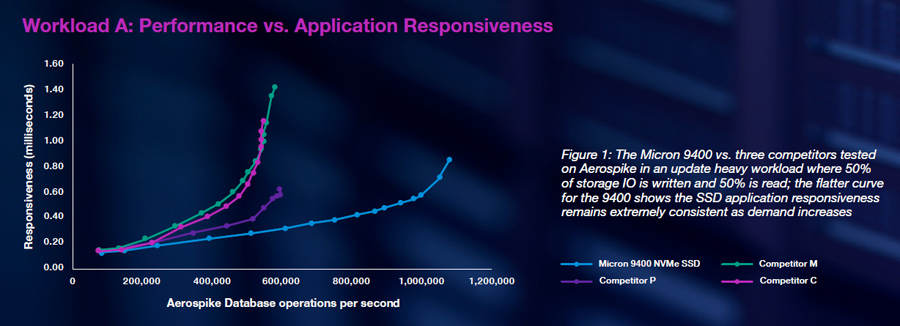
3. Fast and extreme mixed-use database performance
RocksDB is running some of the most demanding database workloads in the IT world at Facebook/Meta (which offers the open source software) as well as other mission-critical environments. It is commonly used for benchmarks showing extreme performance. We comparison tested on two areas: general performance and responsiveness (i.e., low latency). Just one result was how the 9400 did on the mixed-use operation:
Random Read / Random Write7
32% to 34% performance improvement
43% to 50% better app responsiveness
4. Multi-tenant cloud architecture
A multi-tenant database architecture is where a single instance of a software application serves multiple users or tenants, common in cloud environments. Without flexible, strong hardware infrastructure like flash storage, this can create “noisy neighbors” where one tenant negatively affects the performance of the others. The Micron 9400 improved throughput up to 2.3×8 (Figure 2) showing it could help mitigate noisy neighbors. Plus, many cloud-based applications depend on consistent response, which the Micron 9400 delivers with high QoS.

Contact your ASI Account Manager for more information about Micron 9400 NVMe SSDs!
1 According to analyst firm IDC’s Worldwide Global DataSphere Forecast, 2021–2025, business and consumer data has been amassing at a compound annual growth rate (CAGR) of about 23% since last year, with a 28% CAGR attributed to enterprises, and is expected to reach 180 zettabytes by 2025.
2 Best-in-class and competitive comparisons in this document were made based on other leading PCIe Gen4 Data Center U.2/U.3 NVMe SSDs based on data center market share as noted in the Forward Insights SSD Supplier Status Q2/22 report and available on the open market at the time of this document’s initial publication.
3 Performance analysis and hardware configuration details in the Micron tech brief: Micron 9400 NVMe SSD Aerospike Performance
4 Performance analysis and hardware configuration details in the Micron tech brief: Micron 9400 NVMe SSD RocksDB Performance
5 Performance analysis and hardware configuration details in the Micron white paper: Examining Micron 9400 NVMe SSD Performance With NVIDIA Magnum IO GPUDirect Storage Platform, which also has more specific comparisons of the Micron 9400 SSD vs. a Samsung PM 1733 NVMe SSD.
6 Performance analysis and hardware configuration details in the Micron tech brief: Micron 9400 NVMe SSD Noisy Neighbor Performance Test
7 From a blog by Cami Williams, Head of Platform Advocacy at Meta, in the FaceBook Open Source Presents series, “Eli5: RocksDB: Fast Data Storage,” https://developers.facebook.com/blog/post/2021/08/09/eli5-rocksdb-fast-data-storage/. Open sourced in 2013, owned by Meta, RocksDB continues
to be widely used in the community and at Facebook/Meta to manage persistent data and server queries.
8 The Micron 9400 SSD 30.72TB capacity is its largest option and is the largest available server SSD capacity available in the open market as of the time of this document. 1GB = 1 billion bytes; formatted capacity is less.

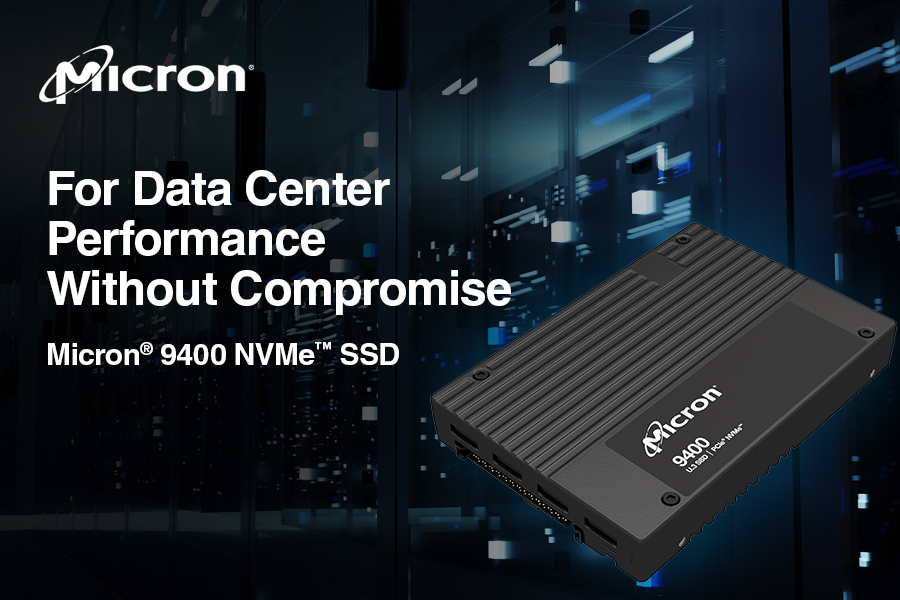
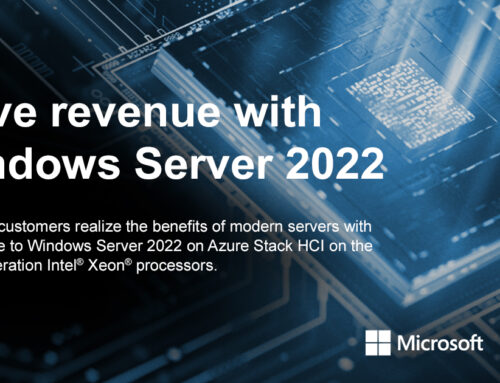
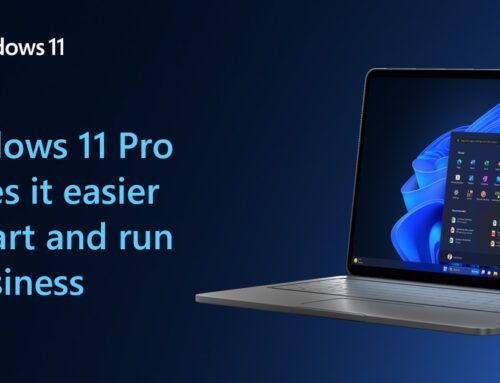

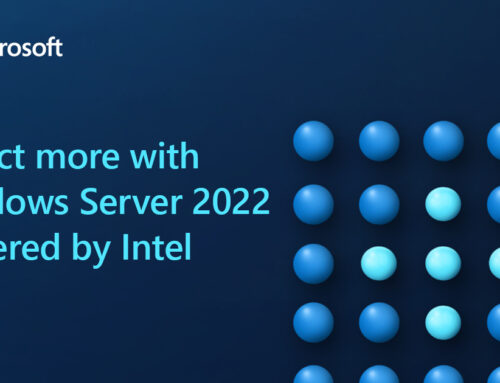
Leave A Comment